If you're having difficulties with your Toyota Hiace's air conditioning or need reliable information on AC maintenance, this guide on Toyota Hiace AC gas capacity is for you. With a focus on the 2025 models, you'll gain clear, step-by-step instructions for checking and refilling your system. Prepare to confidently tackle tasks that keep your ride cool, especially under the UAE's demanding conditions!
How to Check and Refill Your Hiace's AC Refrigerant
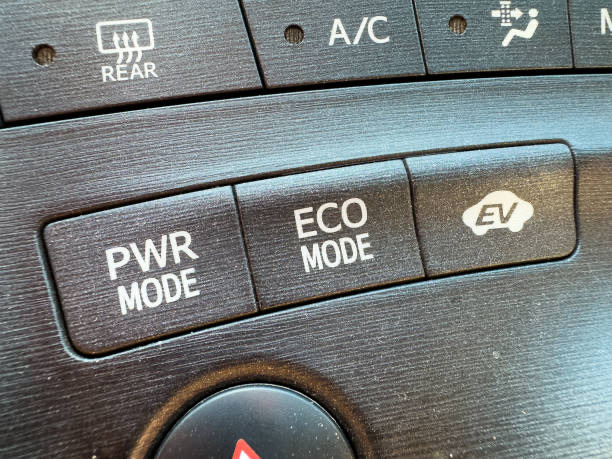
Maintaining your AC system begins with having the right tools and understanding the process clearly. You will need:
R134a refrigerant (with a capacity range of 650-750g for the 2025 models)
A reliable pressure gauge set
Safety gloves and goggles to protect yourself
A leak detection kit to ensure efficiency
Step-by-Step Charging Process
Locate the Service Ports: Begin by identifying the low-pressure service port (marked with an "L") near the compressor. This is your entry point for charging the refrigerant.
Baseline Pressure Check: Use your pressure gauge to measure the current pressure. For ambient temperatures, expect readings around 25-40 PSI at 25°C and 35-50 PSI at 35°C – conditions you might face during UAE summer afternoons.
Connect the Refrigerant: Attach the refrigerant canister to the quick-connect coupler. It’s important that you connect securely to avoid any leakage.
Incremental Charging: Add refrigerant slowly, using increments of about 50g while continuously monitoring the pressure gauge. Keep an eye on the pressure to ensure that you do not exceed safe levels.
Remember to start the engine and set your AC to maximum cool during the charging process. This helps to circulate the refrigerant and assists in the proper pressurizing of the system.
Why Correct Refrigerant Capacity Matters
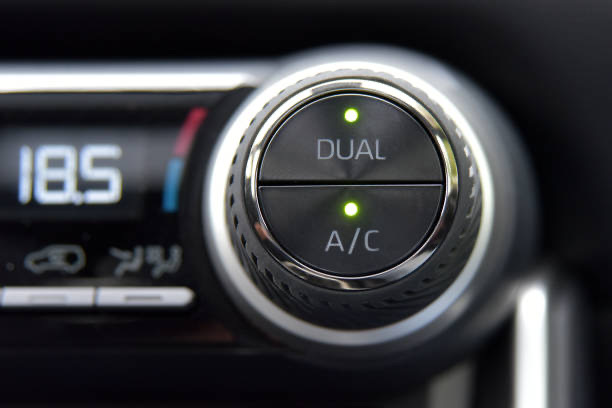
Ensuring that you charge your Hiace with the correct refrigerant capacity is crucial to maintaining efficiency and performance of your vehicle's AC system. Undercharging can cause weak airflow and prolonged cooling times, while overcharging might strain the compressor, leading to higher fuel consumption and potential mechanical issues.
Performance Impacts
Undercharged | Overcharged |
|---|---|
Weak airflow | Increased compressor strain |
Cooling time may be 15-20% longer | Fuel consumption can be 10% higher |
Possibility of frost buildup | Risk of premature component failure |
Accurately maintaining the 650-750g refrigerant volume minimizes environmental risks as well. The 2025 Hiace models use R134a, which has zero ozone depletion potential and a 30% lower global warming potential compared to older refrigerant types. Moreover, the recyclable components in your AC system contribute to a more eco-friendly operation.
Maintenance Tips for Optimal Cooling
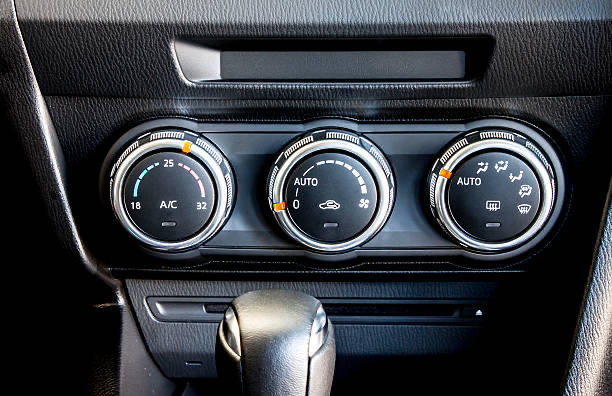
Your AC system deserves regular checkups to perform at its best. Here’s what you should consider:
Seasonal Checkpoints
Before Summer: Clean the condenser fins, change the cabin air filter, and verify that all blower speeds are functioning correctly. These actions help prevent any strain on the system during high temperatures.
After Winter: Inspect the compressor clutch and check for any loosened belts. A prompt check ensures that your AC system remains responsive and effective as the seasons change.
Cost-Saving Practices
Always have your system recharged at a certified service center, with prices generally falling in the AED 150-250 (or SAR equivalent) range.
Address any detected leaks immediately; even a loss of 100g per month can reduce efficiency by around 18%.
Using sunshades for your vehicle can reduce AC workload, saving you both energy and money.
Understanding 2025 Model Updates
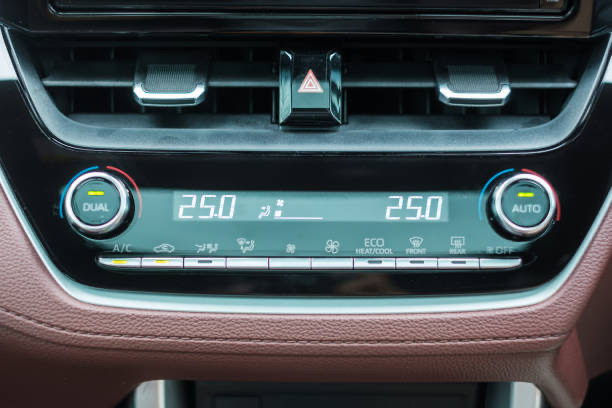
The 2025 Toyota Hiace boasts several improvements that enhance the AC system. These updates contribute to better overall performance and user convenience.
Key AC System Improvements
A dual-stage compressor equipped with variable displacement improves cooling efficiency.
A smart climate control system that adjusts to cabin occupancy provides enhanced comfort.
The condenser now has a 7% larger surface area, promoting quicker heat dissipation.
The new quick-cool function ensures the system kick-starts cooling as soon as the engine is turned on.
Warranty Considerations
For peace of mind, the AC components come with a 3-year warranty. Bear in mind that warranty conditions might be voided if you:
Use unauthorized refrigerant additives
Install non-OEM parts
Exceed pressures of 55 PSI during maintenance
FAQ
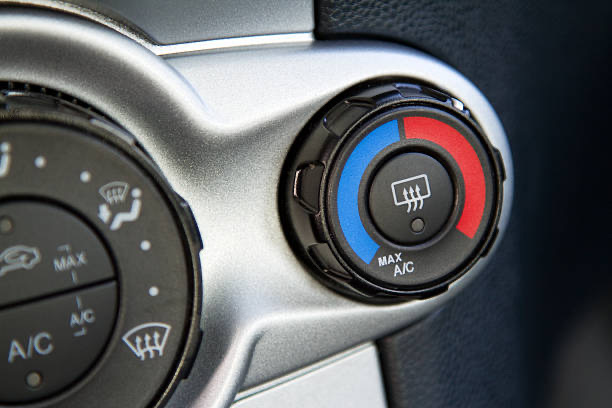
Q1:What is the exact Toyota Hiace AC gas capacity for the 2025 models?
The Toyota Hiace models for 2025 require between 650g to 750g of R134a refrigerant. This specific capacity ensures optimal cooling efficiency and is designed in line with GCC standards. Keeping your system within this range prevents both undercharging and overcharging issues. If you’re uncertain, consulting a certified service center can provide precise measurements and additional guidance tailored to your model.
Q2:How do I check if my Hiace's AC system is leaking refrigerant?
Begin by observing the performance of your AC; reduced cooling efficiency or unexpected frost buildup around the compressor may signal a leak. Utilize a pressure gauge to compare baseline readings against expected values. A leak detection kit can assist in identifying any potential issues along the refrigerant lines. Promptly addressing leaks is crucial to maintaining your vehicle’s performance and avoiding further complications.
Q3:What improvements has the 2025 Toyota Hiace introduced in its AC system?
The new model integrates a dual-stage compressor with variable displacement, providing better response to fluctuating cooling demands. It also features smart climate control that adjusts operations based on the number of passengers. With a 7% larger surface area in the condenser and a rapid quick-cool function, these improvements enhance both performance and efficiency. Recognizing these changes can help you better understand your vehicle's maintenance needs.
Q4:Can I perform the AC refrigerant refill myself or should I approach a service center?
While the step-by-step guide provided here outlines a simple process, it is recommended that you approach a certified service center if you're unfamiliar with the procedures. Handling refrigerant requires precision and proper safety measures, as incorrect handling may lead to system damage or safety risks. Service centers adhere to GCC certified standards, ensuring that your refill and system check are performed accurately.
This article is for reference only; please refer to the latest local laws and regulations.
Read More:
How to Transfer Salik from One Car to Another in 2025
How to Renew Car Registration in 2025:Your Complete Guide
White Smoke When Starting Car? 2025’s Most Common Causes & Fixes
3 pics

Mustafa Karim, having been deeply involved in automotive research and development for over ten years. He is fond of Japanese cars, and their precise and energy-efficient features have influenced him. In his spare time, he loves Japanese anime and kendo, drawing inspiration from them for control system research and development. He also often shares cutting-edge automotive knowledge on platforms, contributing to industry innovation and adding strength to automotive development with his expertise.















